In 1978, artist and openly gay activist Gilbert Baker designed the rainbow flag, used as a symbol of LGBTQ+ pride, reflecting the diversity of the community it represents. In 2020, as a global pandemic speeds through the world, the rainbow flag is used as a sign of support for the NHS – a fact which has upset the LGBTQ+ community, who have demanded an end to the erasure of queer history. This controversy has led me to explore the rainbow flag and how the commercialisation of said flag can be considered unethical and exploitative towards the community it represents.
You might have noticed it in the last couple of years; companies outwardly expressing their support for the LGBTQ+ community, and releasing limited product runs like Pride clothing lines to rainbow coloured crisps. The idea of jumping onto the bandwagon of support may seem like a completely positive motion, but with authenticity being the centre factor of many people’s support of brands, (a study showed that almost 2/3s of consumers would boycott a brand due to their social or political standings) the truth behind shoving a rainbow on a hat and calling it Pride stock is more important than ever.
There have been a few times where Pride marketing campaigns have backfired and been criticised. For example, M&S were drowned in backlash after launching an “LGBT” sandwich (Lettuce, Guacamole, Bacon, Tomato) as people debated whether they agreed with the sandwich’s meaning. Although M&S stated they’d donated £10,000 to the Albert Kennedy Trust (helping homeless LGBTQ+ youth), part of the community were enraged at the equation of the LGBTQ+ community and a non-vegetarian, high-in-salt, £4.50 sandwich.
An even bigger scandal was Primark’s ‘Pride collection’, where 20% of the proceeds went to charity Stonewall, while nothing was donated to any local Pride charities themselves. The larger issue though was that the shirts were created in Turkey and Bangladesh, two countries where homosexuality is partially and fully illegal respectively.
Generally speaking, in 2019 two out of five companies with a huge Pride campaign donated absolutely nothing to causes supporting the LGBTQ+ community.
But how can this be solved? With the scrutiny that brands can face over social media, it may seem like a lose-lose battle for those faced with the task of June marketing, but there are certainly some easy things that could be done to make the movement feel less cynical.
The Human Rights Campaign clearly stated some of the best practices for LGBTQ+ marketing and advertising, including avoiding stereotypes and finding authentic people to star in commercials. But, there is even more a brand could do. For instance, they could donate all profits to one or several LGBTQ+ supporting charities, or be as proactive in their activism in the other 11 months of the year. They could also share consistent views to the world about what the brand stands for despite the backlash that may be received, rather than just pay lip service to the movement of the moment. A study showed that one in ten LGBTQ+ actively avoid buying from Pride campaigns due to the fact they believe they’re being exploited, and this should not be the case. It is definitely possible for a company to share their support of the LGBTQ+ community, but it’s also clear that individuals on social media quickly suss out whether the support is sincere or cynicism.
But don’t lose hope, there are examples of companies who are absolutely getting it right! A great example is Absolut Vodka, who wrapped two London buses with rainbow printing, installed NFC chips and allowed riders to donate to Stonewall by just tapping their phone on the back of the seat in front. Supporters of the LGBTQ+ community such as Absolut are perfect proof of successful marketing with initiatives that positively aid the community in a way that is not a one-off (Absolut have backed the LGBTQ+ community since 1981!).
However, while June may seem like a celebration filled with rainbows and sparkles and fun, it’s important to remember where the meaning of the month comes from. The Stonewall riots began to pave the equality for LGBTQ+ individuals, but there is still huge exclusion and discrimination in society. The rainbow represents years and years of oppression, and commercialisation of this is not directly proportional to support. We can only push brands to work harder in legitimately supporting the minorities they profit off.

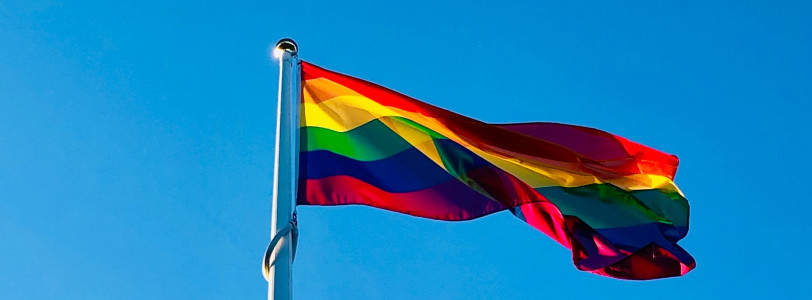
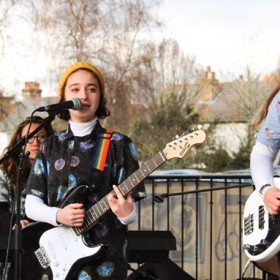

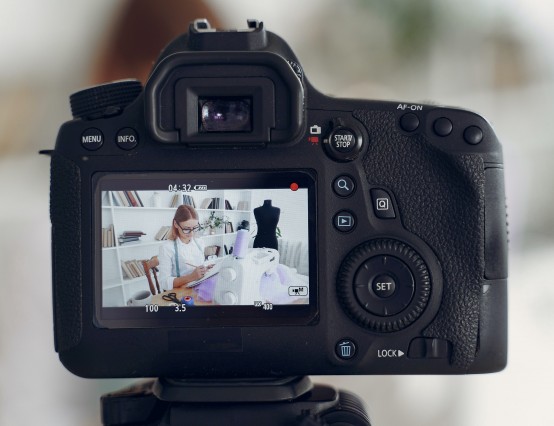
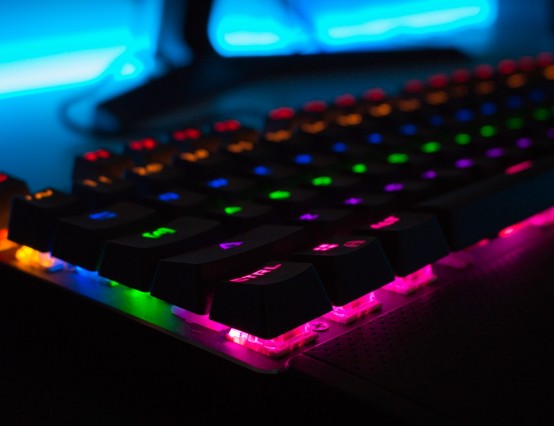


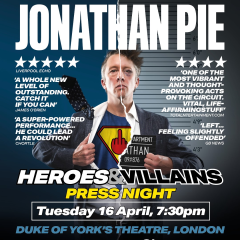
0 Comments